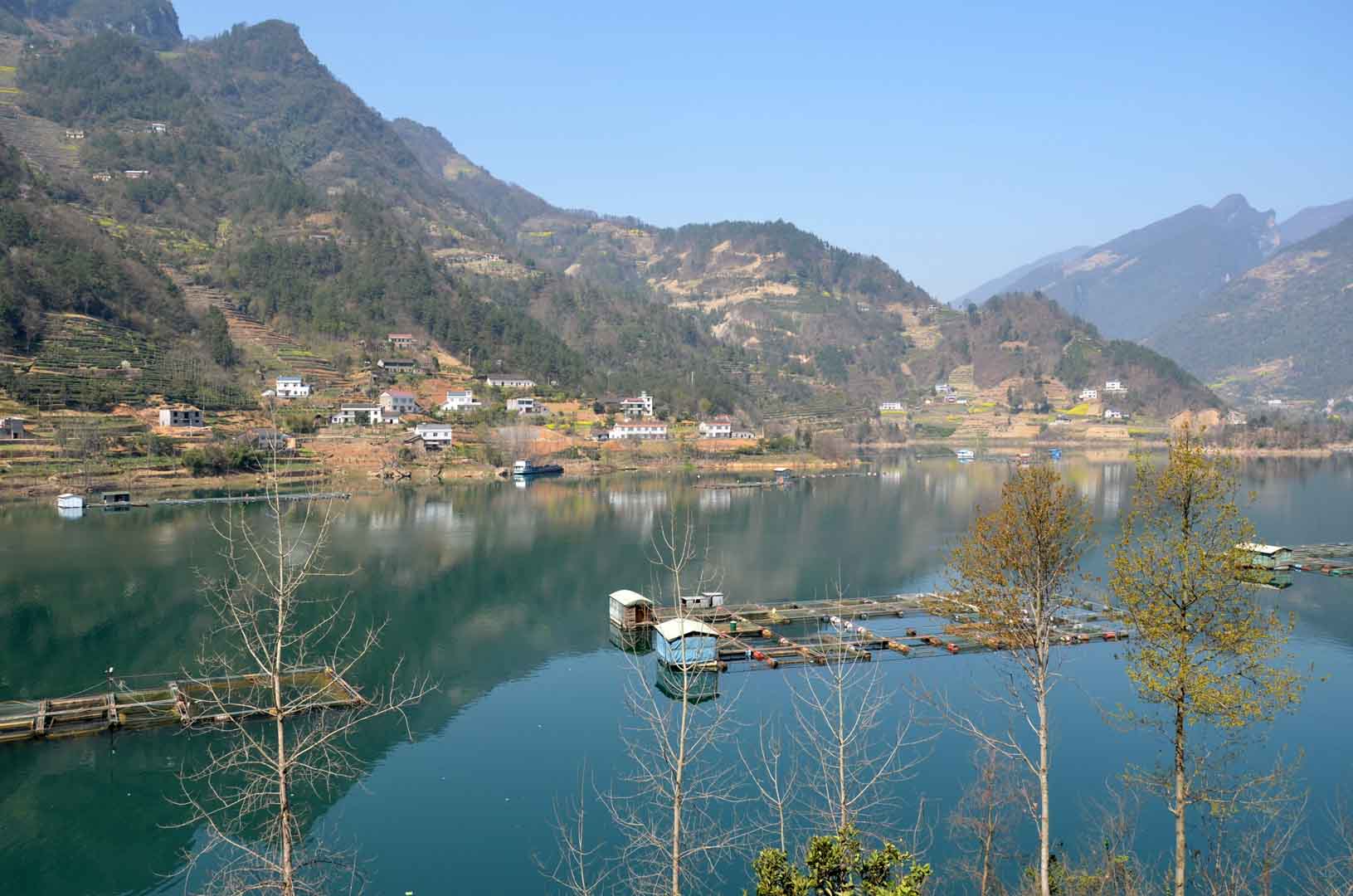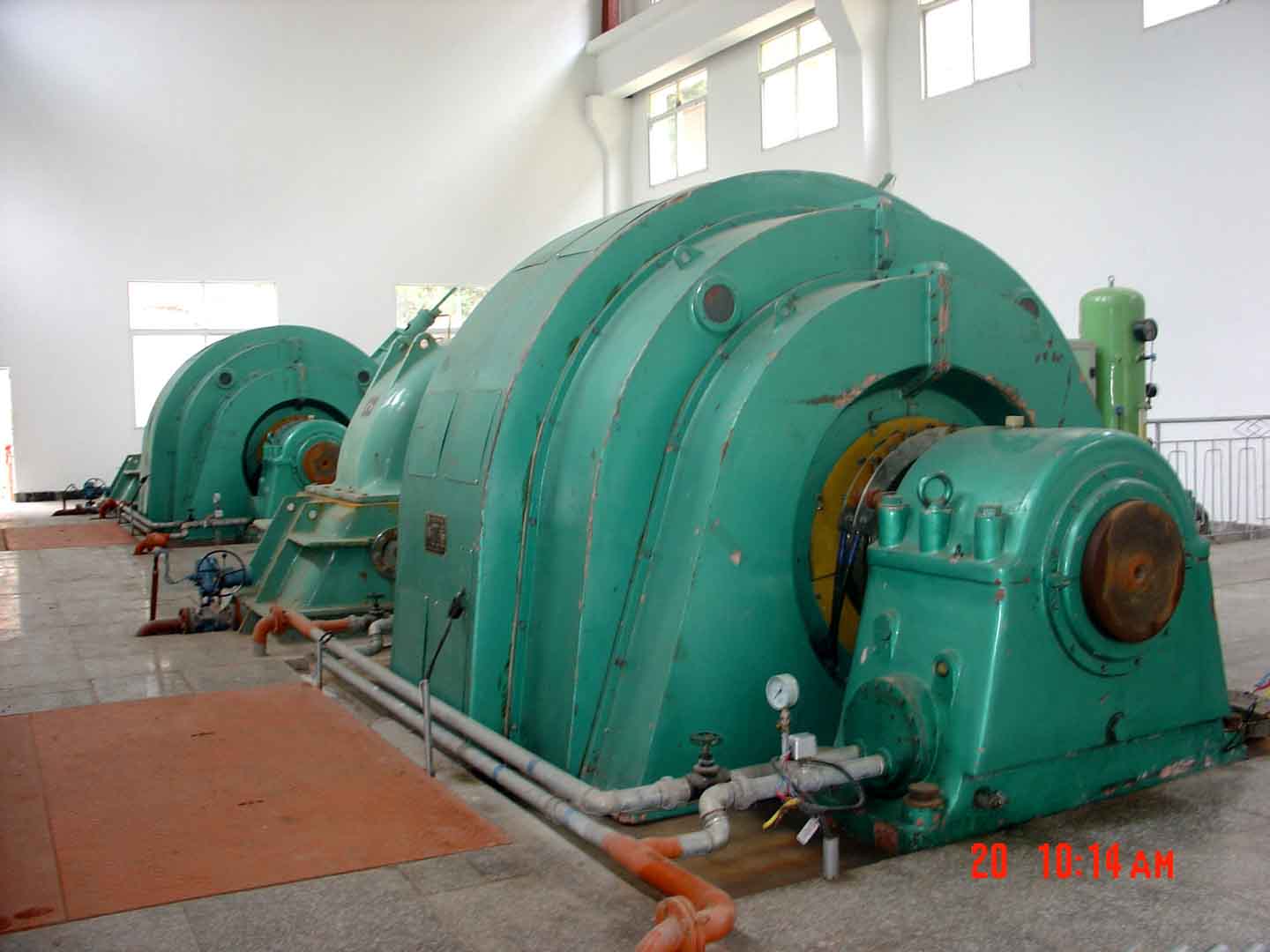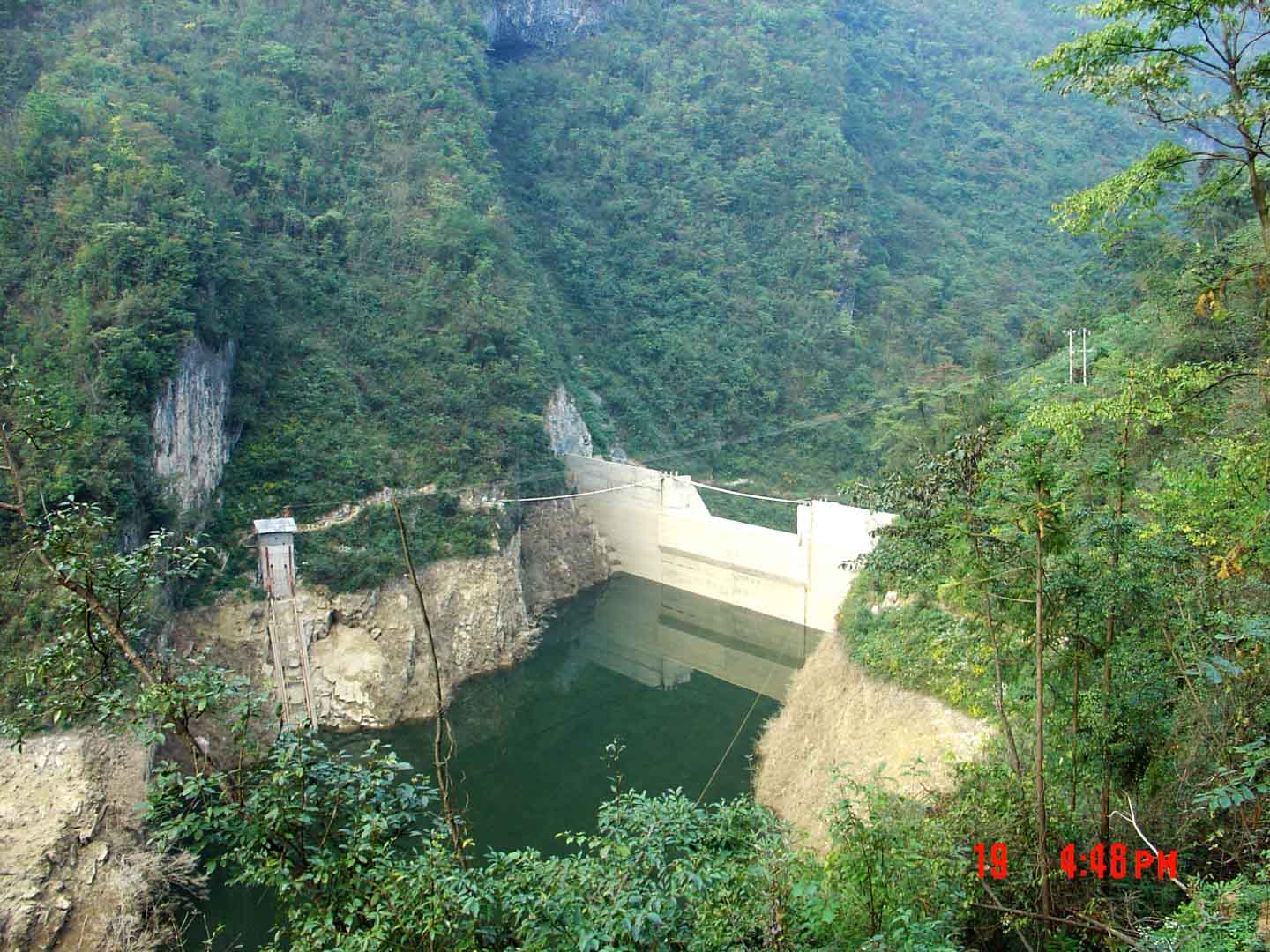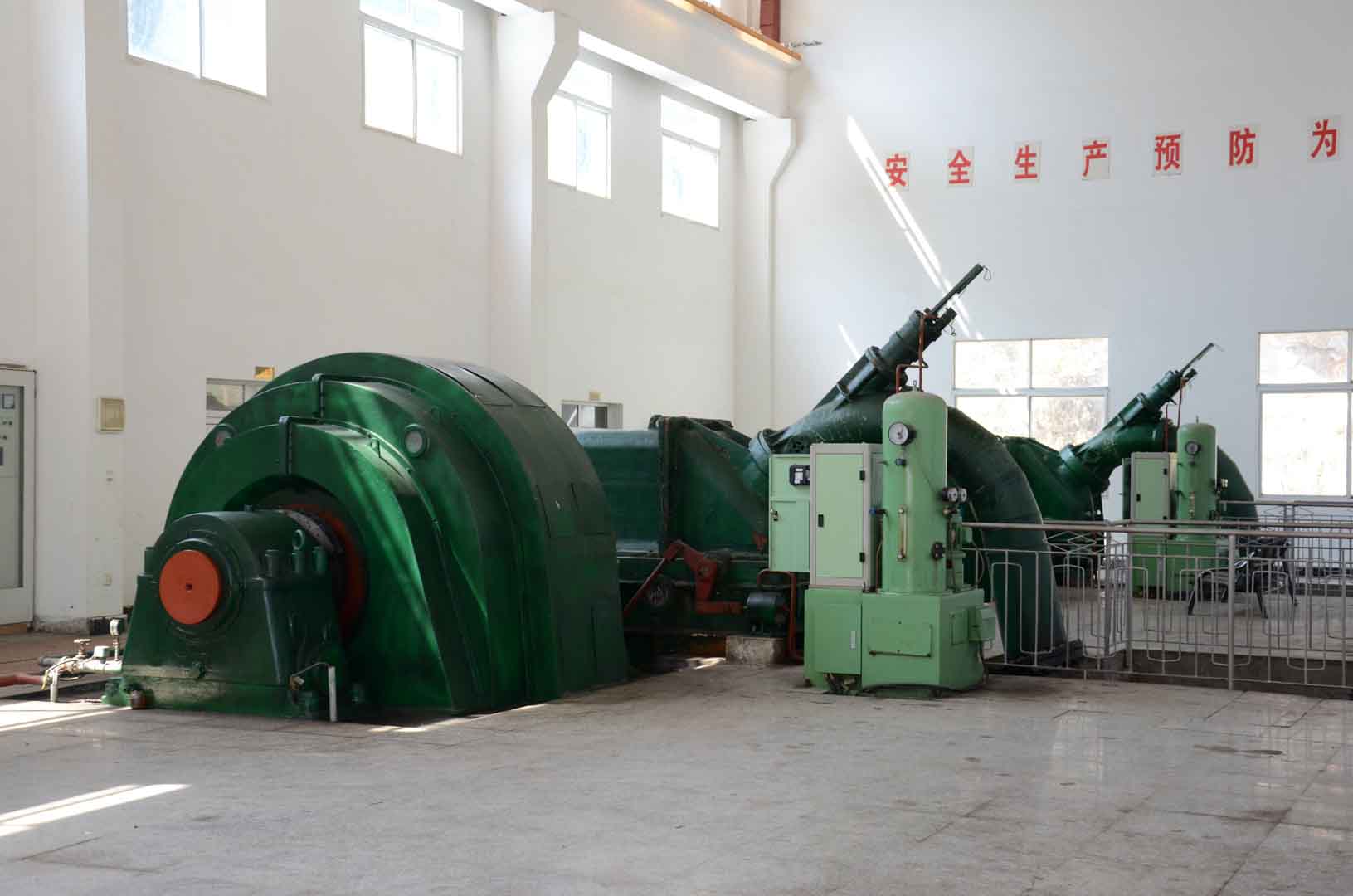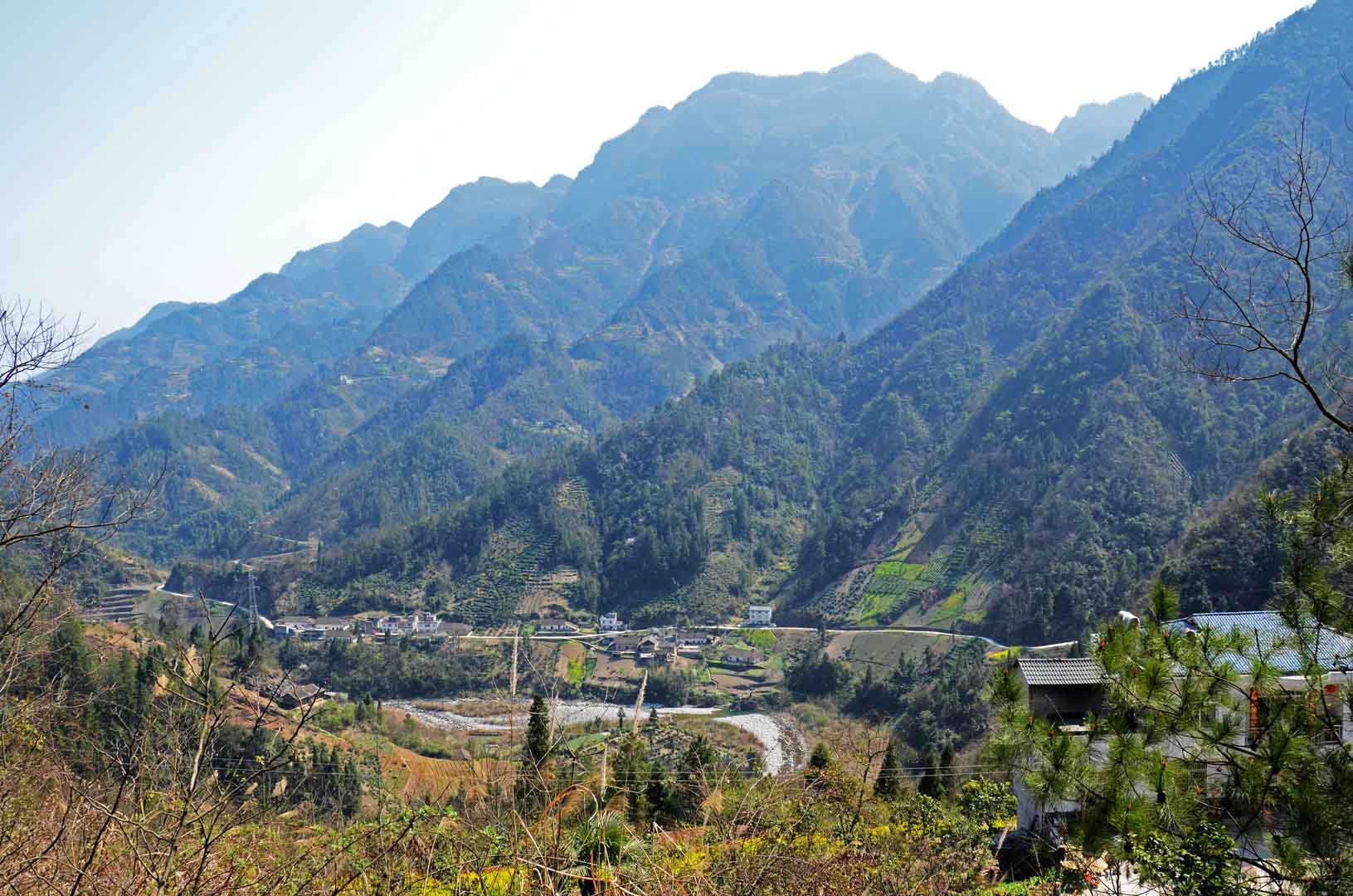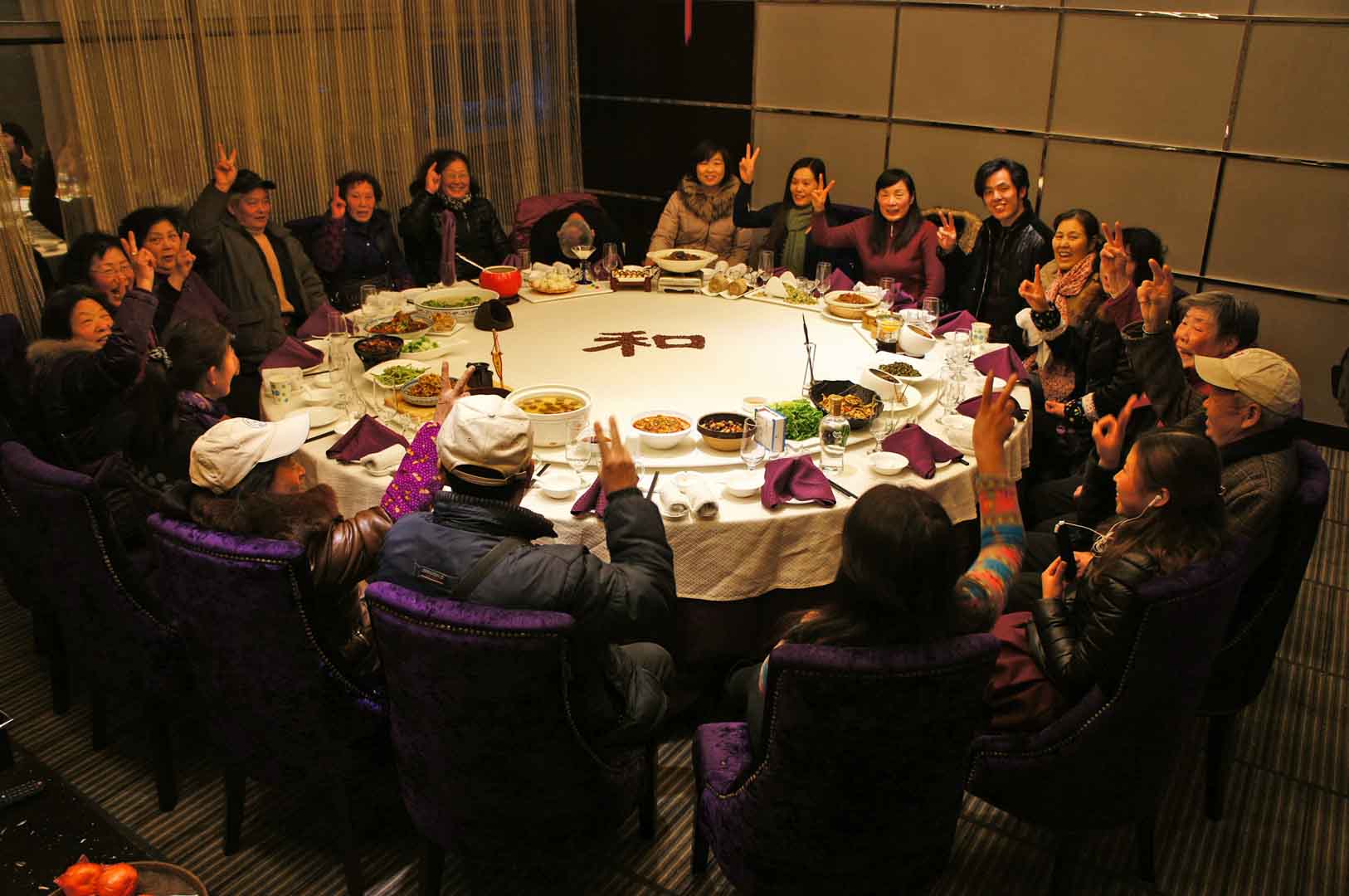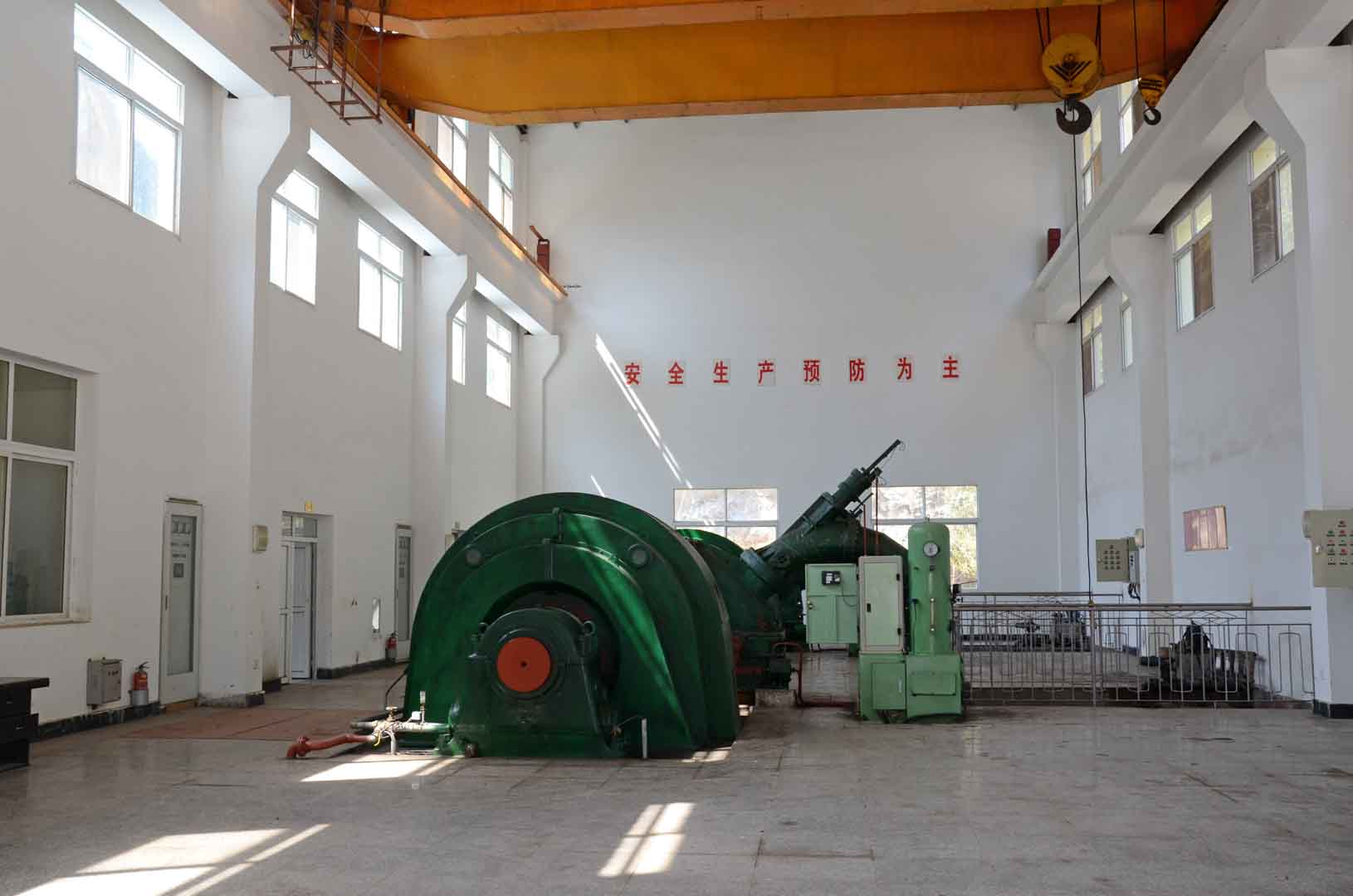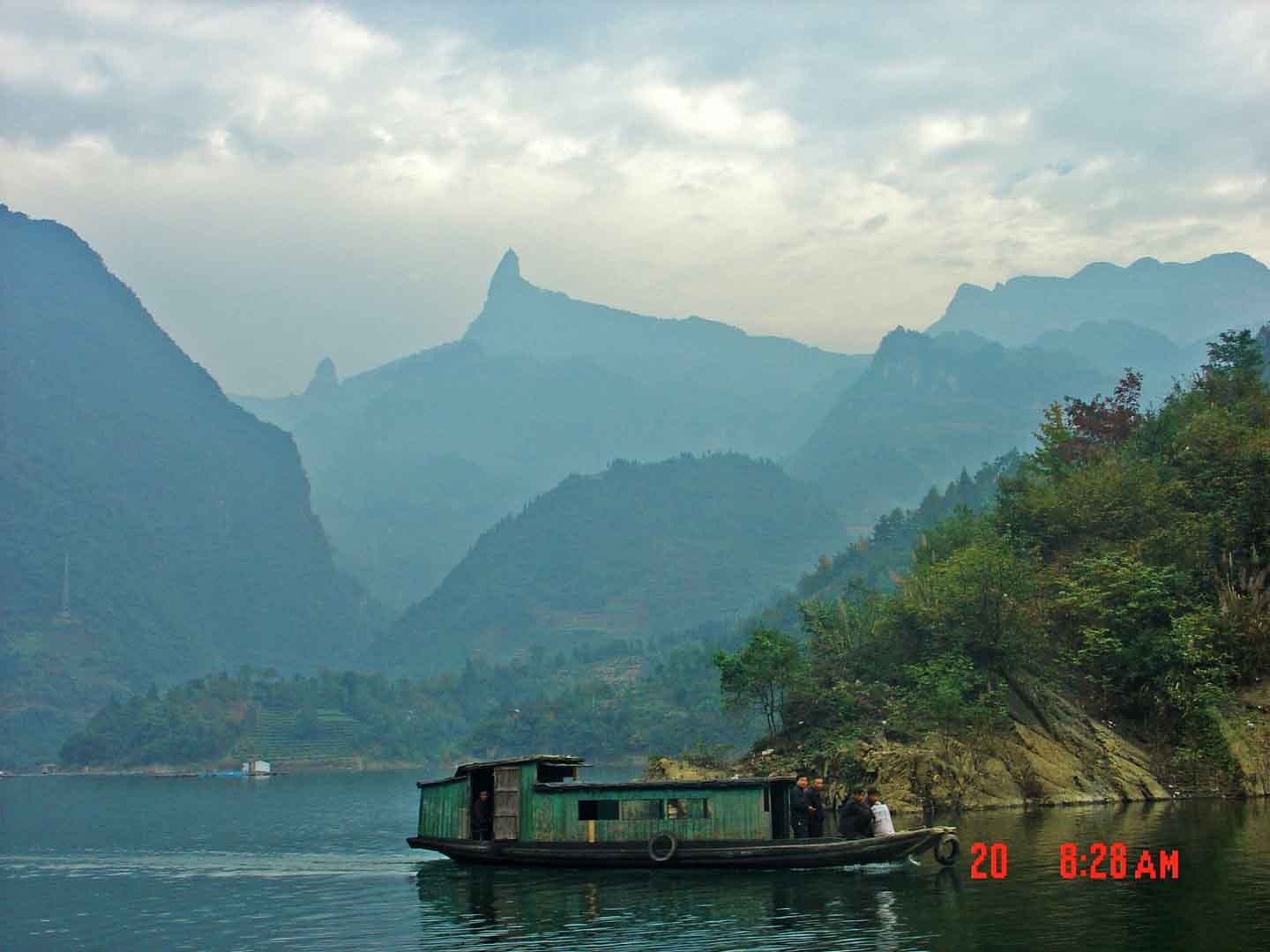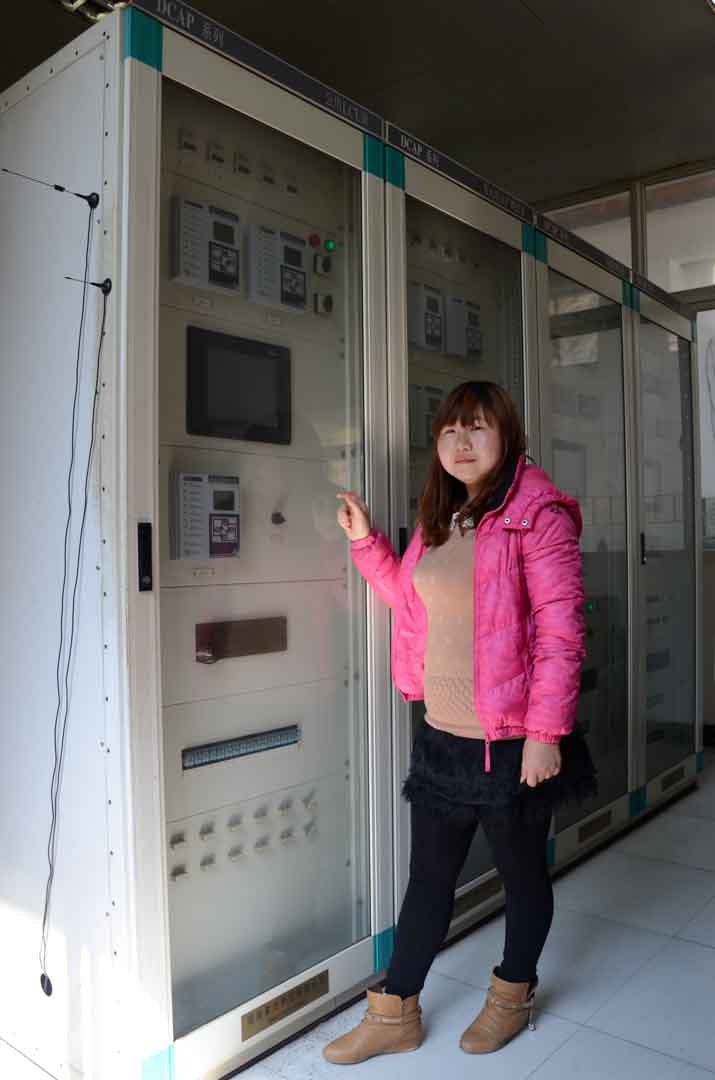Clean and renewable electricity
The Dongliuxi Erji Hydropower project in Hubei Province, China, supplies the Central China Power Grid (CCPG) with clean and renewable electricity. The project is a diversion-type hydropower plant with two sets of hydro turbines and assosiated generators and a total installed capacity of 12.6 MW. Using the water of the Dongliuxi River the two 6.3 kV generators produce approximately 46.6 GWh per year. The plant is operated by Changyang Jinglong Hydropower Development Co., Ltd. and avoids about 44,910 tonnes of CO2 emissions yearly, compared to common electricity generation by fossil fuel-fired power-plants. Without the additional revenues from the sales of carbon certificates, the porject activity would not have been economically feasible thus not having taken place.
Besides the mitigation of GHG emissions the project also improves the living standard of local people due to increasing efficiency of the electricity sector and a push on local economy development.

Hydropower plants use the energy of water to generate electricity. The energy is harnessed by passing water through a turbine. Under the pressure of the water, the turbine turns and transfers this energy to a generator, which converts kinetic energy into electricity. This principle applies to all types of hydroelectric power plants: from small run-of-river power plants to pumped-storage power plants on bodies of water like lakes. In many parts of the world, electricity is still primarily generated from fossil fuels. Clean hydropower can replace some of this emission-intensive energy and thus verifiably save carbon emissions. In most hydropower projects, the electricity is fed into a regional power grid, diversifying the energy supply and improving energy security in areas affected by power shortages and blackouts. Often, these projects also create jobs for the local population. Hydropower projects thus make an important contribution to clean energy supply as well as contributing to the UN Sustainable Development Goals (SDGs). Hydopower projects in the ClimatePartner portfolio are registered with international standards.
Explore our projects
Biochar for Climate Action, Healthy Soils, and Better Harvests
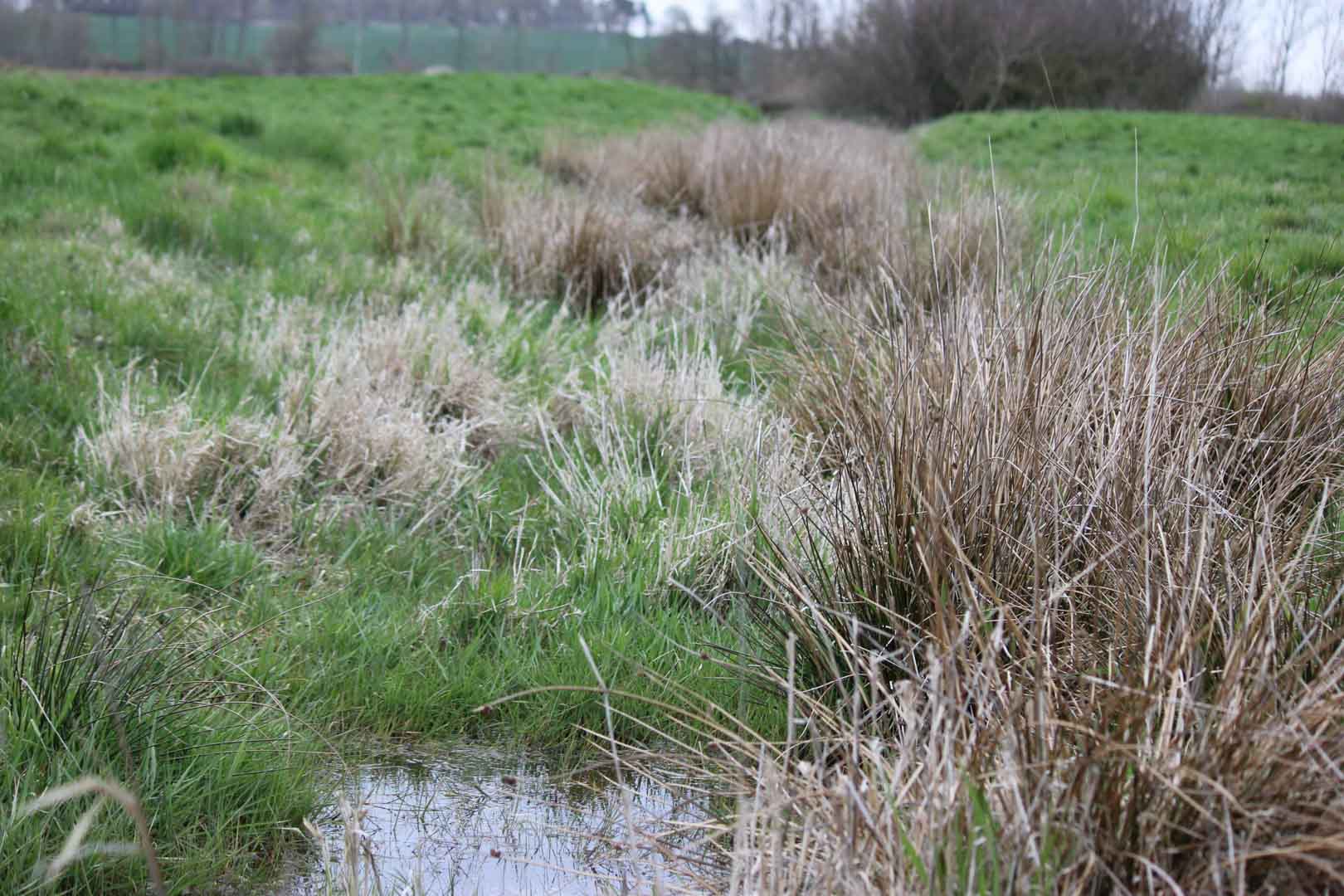
A certified climate project combined with additional commitment

Expansion of renewable energy generation in Asia
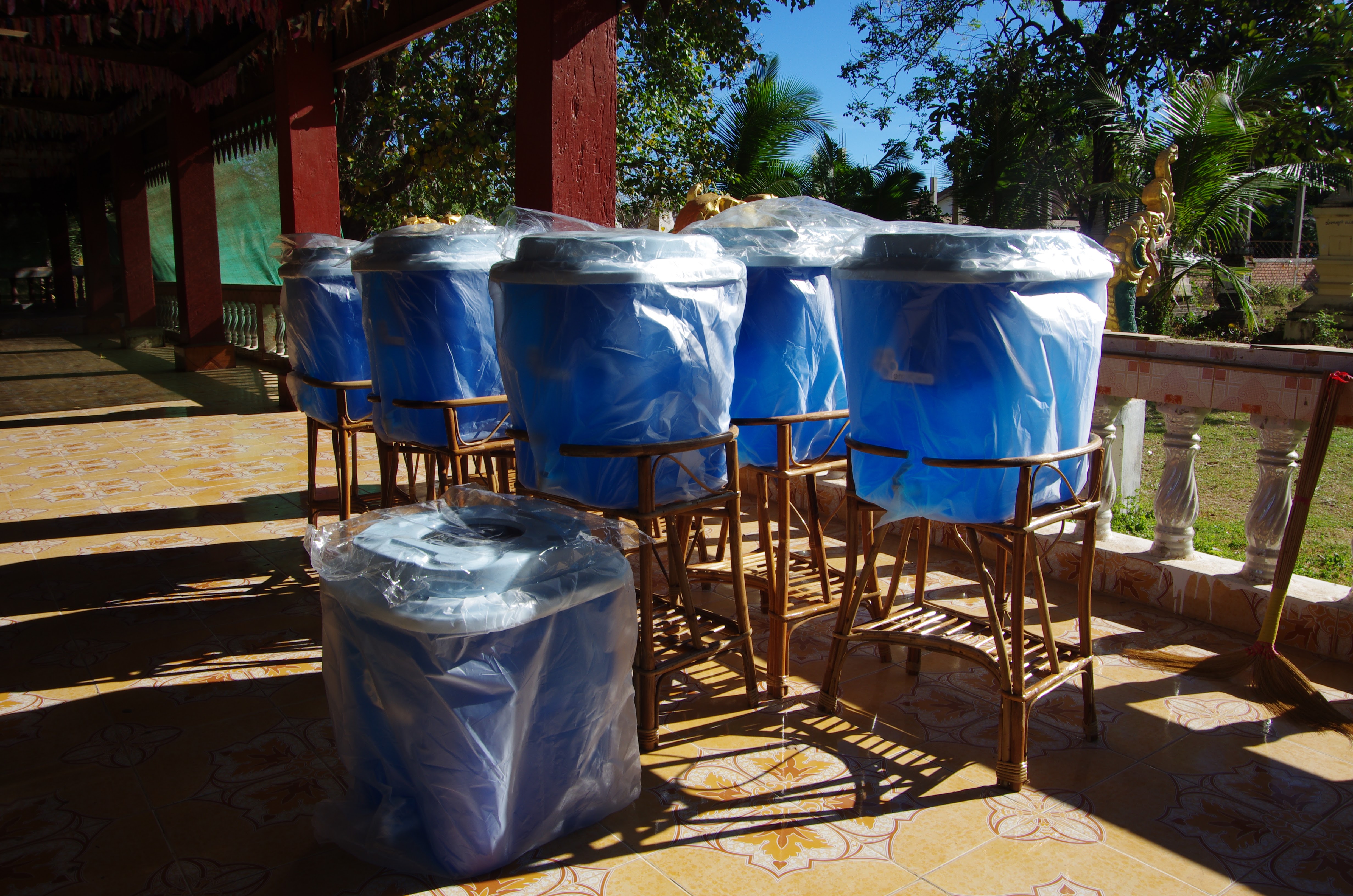
Ceramic water filters save CO2 and improve health

Improved cookstoves worldwide – for better health and cleaner air

A certified climate project combined with additional commitment
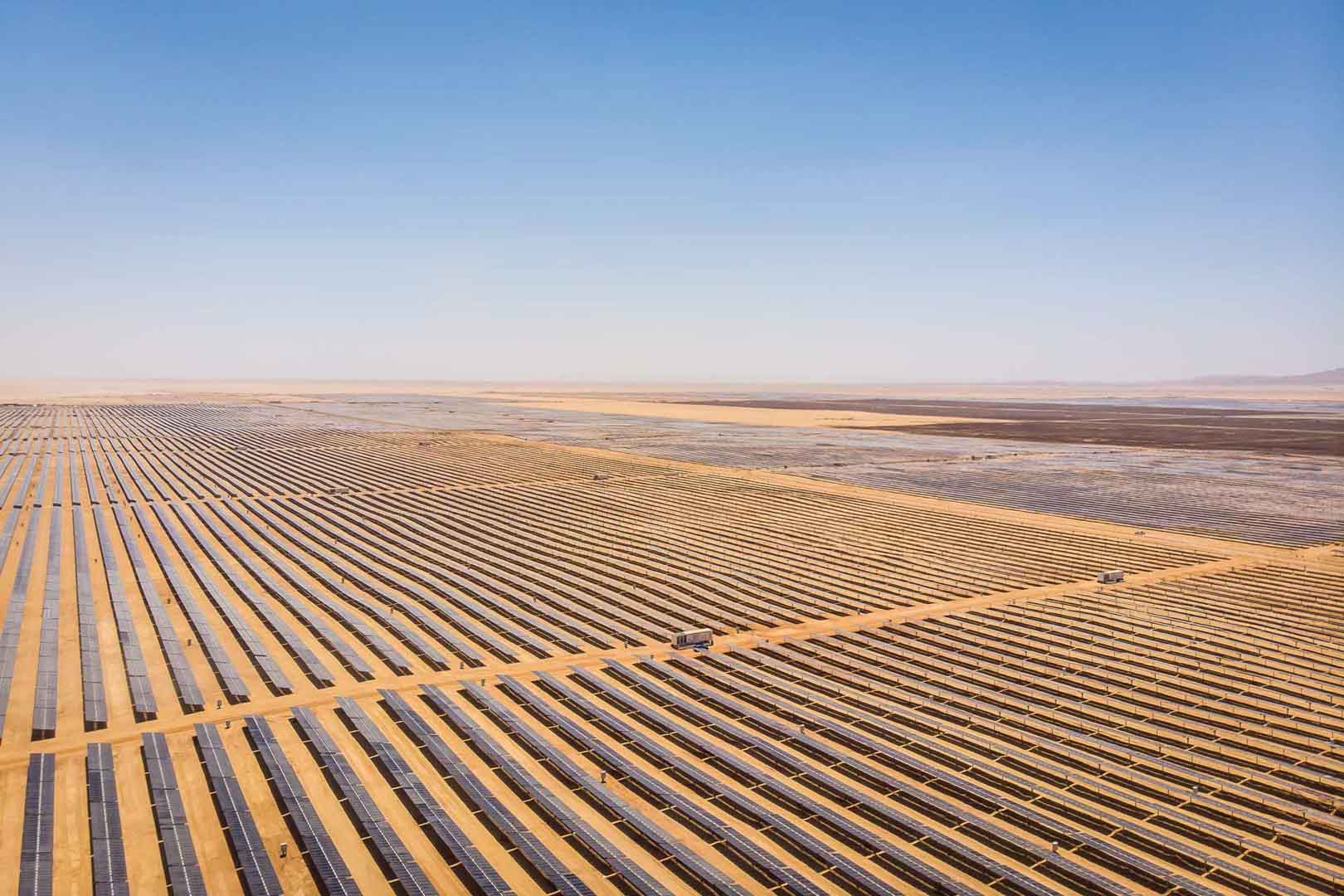
Powering access to renewable energy in Africa

A certified climate project combined with additional commitment

Restored ecosystems remove carbon
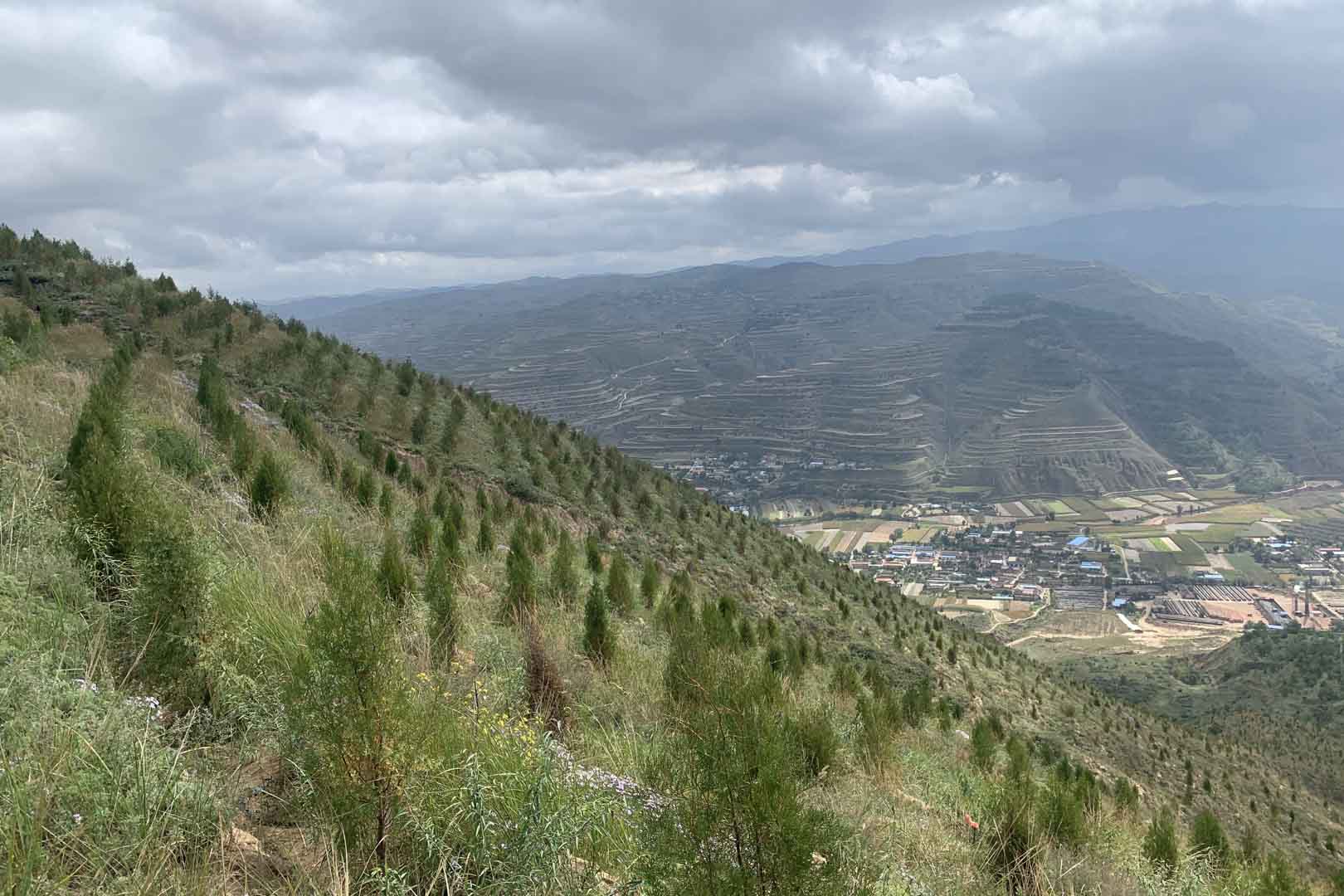
Turning degraded farmlands into healthy ecosystems

Improved cookstoves - better for health and the environment


